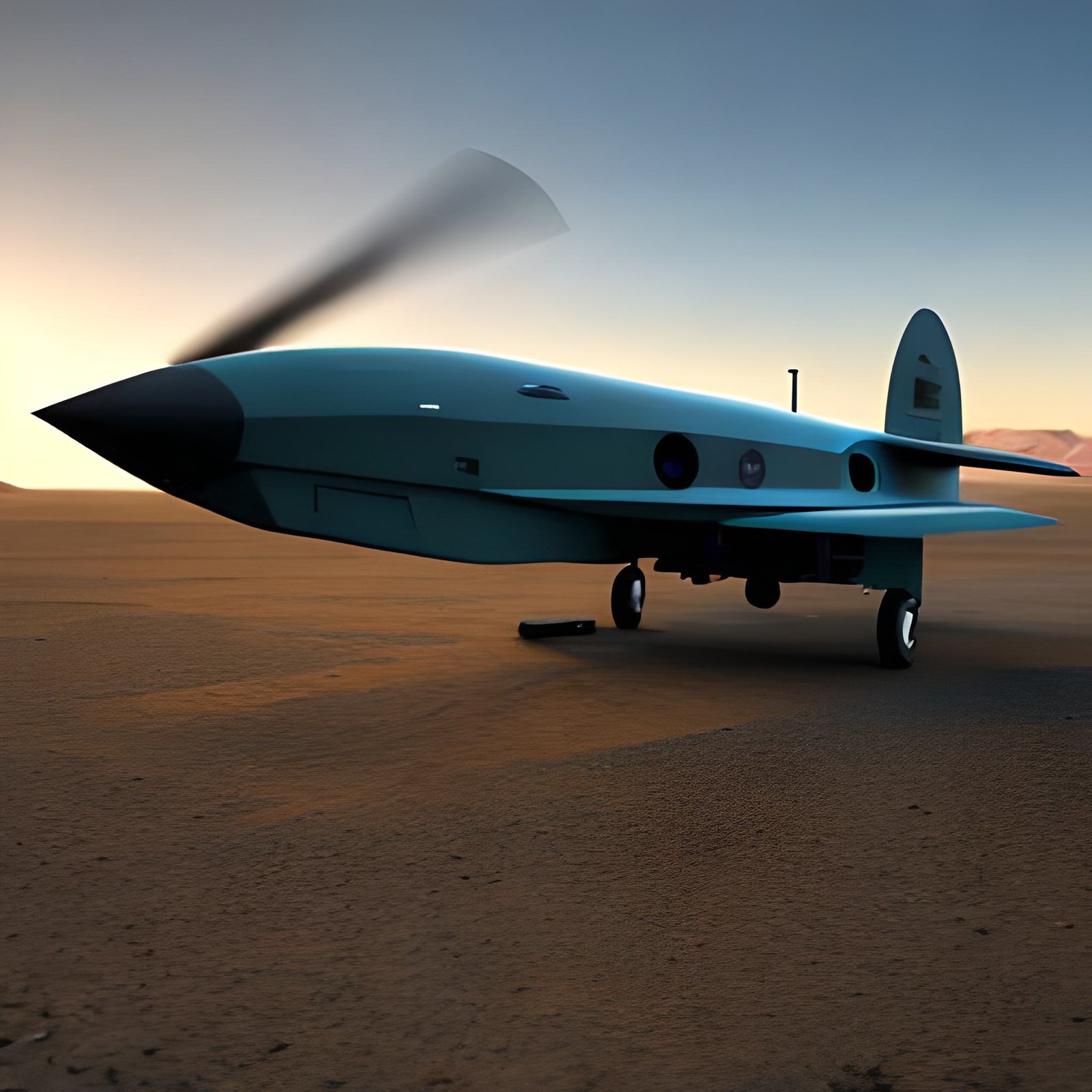In the recent years, India has been focusing on enhancing its military capabilities and joint operational efficiency to counter potential security threats from its neighboring countries. One such effort was the joint training exercise ‘Exercise Trishakri Prahar’ that was conducted in North Bengal from 21st to 31st January. The aim of the exercise was to test and enhance the battle preparedness of the security forces using weapons and equipment in an integrated environment, involving all arms of the Indian Army, Indian Air Force, and Central Armed Police Forces (CAPFs).
The exercise was conducted in an area near the Sino-Indian border, which is one of the most sensitive and strategically important regions of India. The focus on this region highlights the significance of joint military preparedness in the region to counter any potential security threats. The exercise involved a simulated scenario of cross-border terrorism, insurgency, and coordinated joint operations with the help of the Indian Air Force.
Equipped with state-of-the-art weapons and equipment, the troops took part in various exercises and drills to test their efficiency in real-time scenarios. The exercises were designed to increase the overall combat efficiency of the troops and to test the joint interoperability of different forces. The exercise involved the integration of various arms of the military, such as infantry, armor, artillery, and air defense, which provided a comprehensive training experience for the troops.
Enhancing Joint Interoperability
The exercise was aimed at enhancing the joint interoperability of the different forces, which is critical for coordinated joint operations in a real-time scenario. The integration of different arms of the military and the Indian Air Force allowed the troops to familiarize themselves with each other’s tactics and operations, leading to improved efficiency and coordination in future operations.
The joint training exercise also provided an opportunity for the different forces to exchange ideas and learn from each other’s experiences. This resulted in the development of new techniques and procedures that will be useful in future joint operations. The integration of the Indian Air Force in the exercise also highlighted the significance of air support in modern-day warfare and the importance of air-ground coordination.
Training with State-of-the-Art Weapons and Equipment
The troops participating in the exercise were equipped with the latest weapons and equipment, which allowed them to train with the most advanced technologies. The use of state-of-the-art equipment and weapons not only improved the efficiency of the troops but also provided them with exposure to the latest technologies. This will help them stay updated with the latest advancements in the field of military technology and be better prepared for future operations.
The integration of the latest weapons and equipment in the exercise also allowed the troops to familiarize themselves with the various functions and capabilities of these technologies. This will help them to effectively use these technologies in real-life scenarios and improve their overall efficiency in combat situations.
Conclusion
The joint training exercise ‘Exercise Trishakri Prahar’ was a significant effort by the Indian military to enhance its capabilities and joint operational efficiency. The exercise provided the troops with an opportunity to train in a real-time scenario and test their battle preparedness. The integration of different arms of the military and the Indian Air Force allowed the troops to familiarize themselves with each other’s tactics and operations, leading to improved efficiency and coordination in future operations. The use of state-of-the-art weapons and equipment in the exercise allowed the troops to train with the latest technologies and improve their overall efficiency in combat situations.





